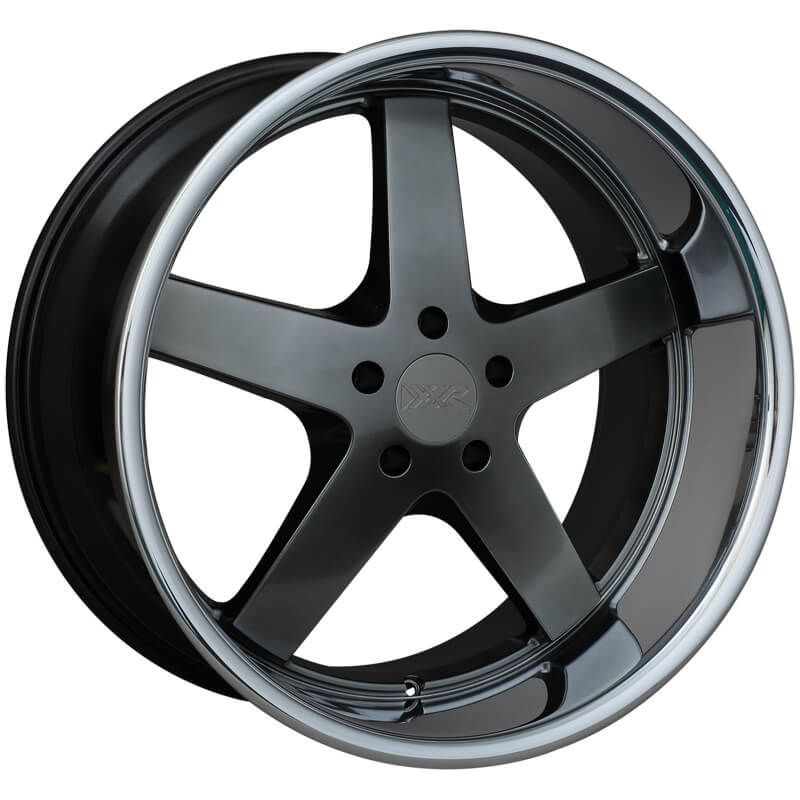
.jpg)
The applications of chrome in stainless steel, super alloy, refractory, chemical and other industries urge the stable demand of chromite ore. 7 Refining: Ferrochromium is smelted, with other materials, to produce stainless steel.Īs the only economically viable chrome ore, chromite is the main source of chrome metal.6 Smelting: Send preheated product to a submerged arc furnace for smelting to produce ferrochrome.5 Preheating: Mix chromite pellets, chromite lumpy ore, flux, and coke in proportion, and send the mixture to the rotary kiln to pre-reduce part of the chromium and iron oxides at a temperature of 1400☌.4 Sintering: Feed the green pellets into the sintering furnace to form hard and porous chromite pellets.3 Pelletizing: Mix chromite concentrate powder, reductant (like coke), binder (like bentonite), and water in proportion, and send it to a disc granulator to make pellets with a particle size of 12-13mm.2 Grinding: Use a ball mill or a rod mill to grind the chromite concentrate into a fine powder with a fineness of 200 mesh.1 Chromite beneficiation: After the processing procedures such as crushing, screening, grinding, and gravity separation, we process chromite ore into chromite concentrate.Pre-reduction of pelletized chromite ore is the most energy-saving ferrochrome production method, and the specific process is as follows.
#Chromium uses stainless steel how to
How to process chromite to produce stainless steel?Ĭhromite ore is processed into ferrochrome for use in stainless steel production through a series of steps. 'Mag-chrome' refractories are used in sectors such as copper, lead and zinc refining, cement, and lime kilns, thanks to their excellent corrosion resistance. It plays an important role in our daily life and makes a significant contribution to a sustainable society.Ĭhromite has long been used in refractories, in conjunction with magnesia. Chromium has unique qualities that make it ideal for a variety of applications. For example, you can find placer chromite in south Maharashtra, central west coast of India.Ĭhromite is the main source of chromium (chrome). Placer chromite deposits are located along the world coastline. The world’s largest stratiform chromite deposits are found in South Africa, in what is known as the Bushveld complex.Ĭhromite is also found in beach sands derived from the weathering of chromite-bearing rocks and laterite soils that developed over peridotite. This type of deposit is used to obtain 98% of the worldwide chromite reserves. Stratiform deposits are formed as large sheet-like bodies, usually formed in layered mafic to ultramafic igneous complexes. Stratiform deposits, in layered intrusions, are the main source of chromite resources and are found in South Africa, Canada, Finland, and Madagascar. Chromite resources from podiform deposits are mainly found in Kazakhstan, Turkey, and Albania. Podiform chromite deposits are typically found in layered igneous rocks and are characterized by the presence of pod-like structures. It is also found in beach sands when chromite-bearing rocks are altered by heat or weathering. Google used the same root word "Chrome" when naming their browser, which means using Google Chrome to experience the colorfulness of the Internet.Ĭhromite ore is found in basic and ultrabasic igneous rocks such as peridotite, serpentinite, and olivinite. This is because chromium compounds are known for their brightly colored pigments, which have been used in dyes and paints for centuries. The name "chrome" is derived from the Greek word "chroma", which means "color". Have you ever noticed that Google Chrome has a similar name to chrome ore? People are more accustomed to writing chromite ore as chrome ore.

Chromite is a mineral that is primarily composed of iron, magnesium, and chromium oxide.


 0 kommentar(er)
0 kommentar(er)
